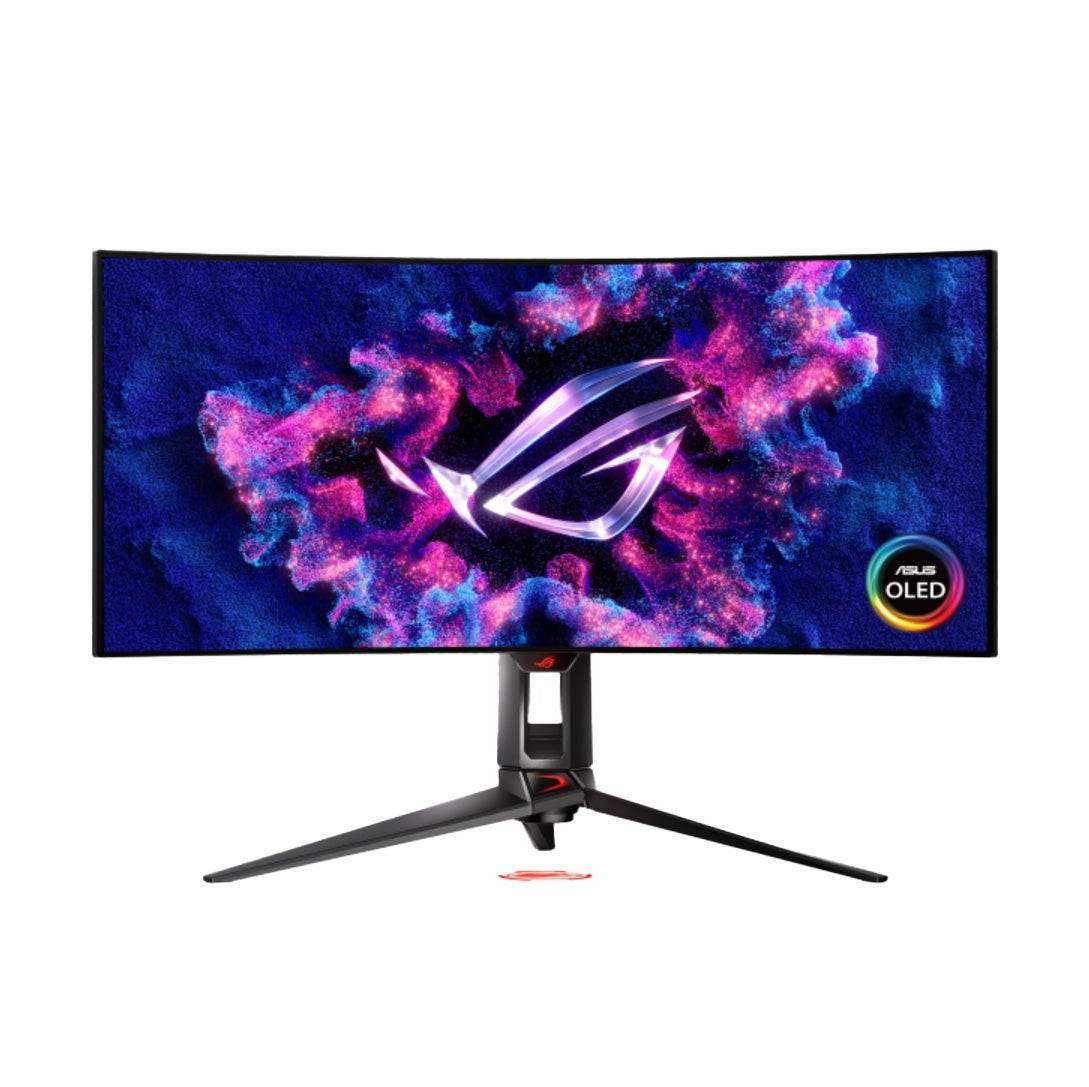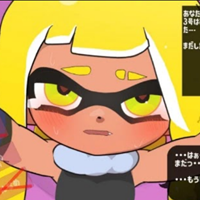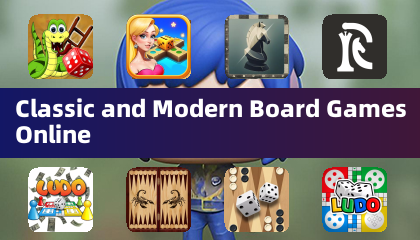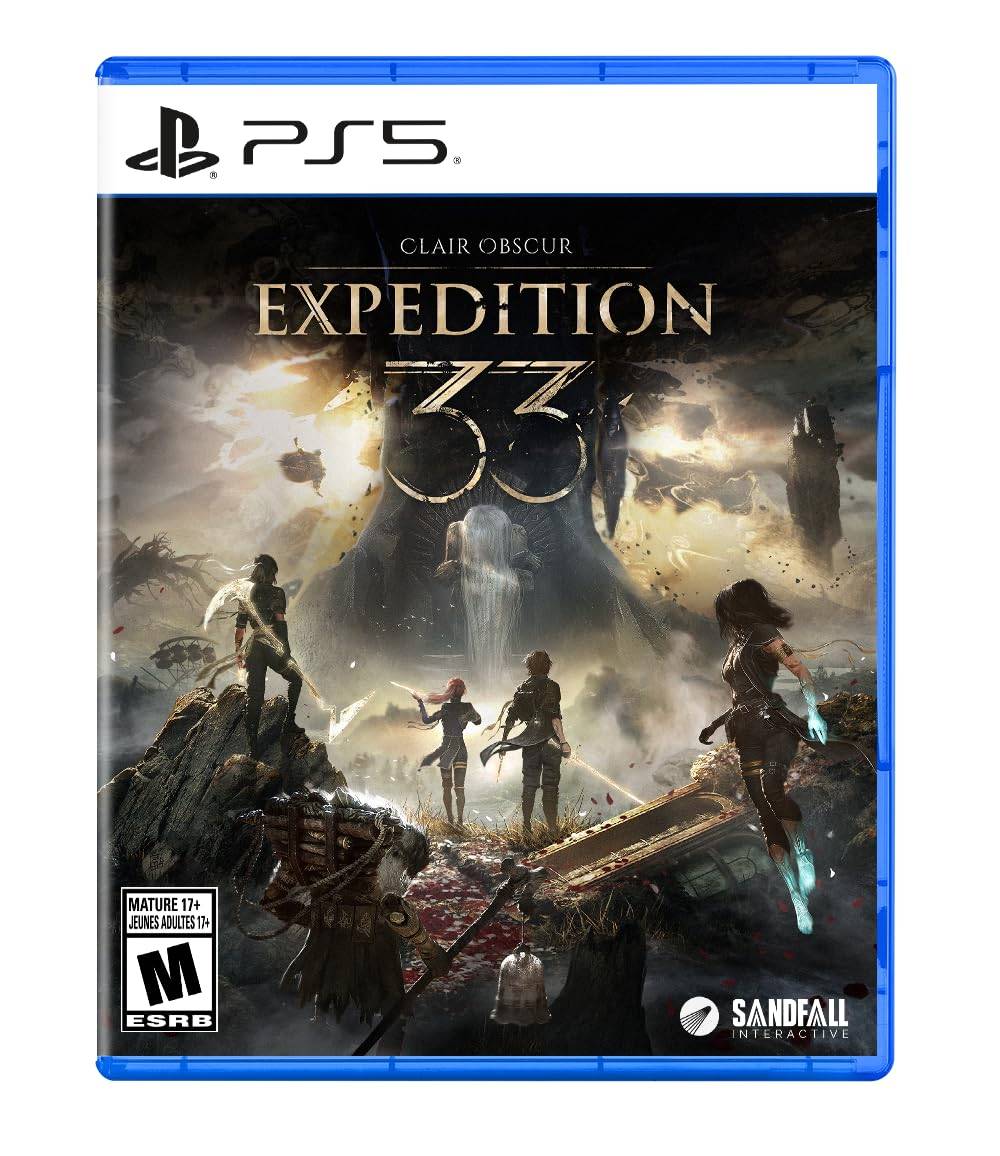I vividly remember buying my first OLED TV, the LG E8 55-inch model back in 2019, right before the world went into lockdown. It turned out to be the perfect isolation companion. At the time, I didn't fully grasp the magic of OLED (organic light-emitting diode) technology. I knew it used self-lit pixels instead of a backlight like LCD displays, which results in infinite contrast. But after immersing myself in the visually stunning worlds of Final Fantasy XV and The Last of Us Part II, I realized the true power of OLED. It felt like living through a nostalgic fever dream in real time. Naturally, I didn't stop at the E8.
A few years later, I upgraded to the LG C2 65-inch TV. Since then, I've reviewed numerous devices with OLED displays and learned that not all OLED screens are created equal. In fact, they don't all use the same technology. You might wonder, "How many types of OLED are there?" There are quite a few, but the three you should focus on are WOLED, QD-OLED, and AMOLED.
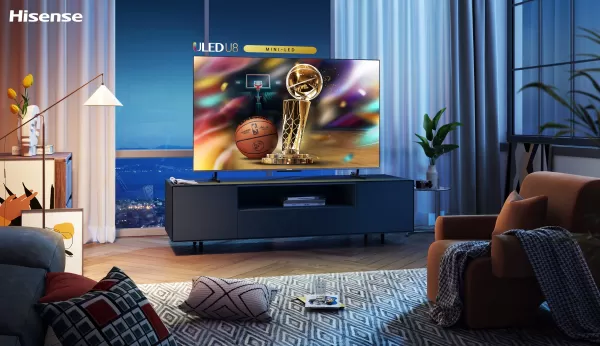 WOLED, QD-OLED, and AMOLED: How They Work
WOLED, QD-OLED, and AMOLED: How They Work
OLED technology has been around for decades, with companies like Kodak and Mitsubishi experimenting with it. It wasn't until LG launched its OLED TVs in the early 2010s that the technology became mainstream.
LG's version of OLED is called WOLED (White OLED), though they don't use this term in marketing because LG essentially equates itself with OLED. WOLED uses a pure white OLED layer combined with an RGBW color filter. Instead of individual red, green, and blue pixels, you have white pixels filtered to produce colors. This approach addresses the issue of varying deterioration rates among red, green, and blue emitters, which can accelerate burn-in. However, using color filters can lead to imbalanced brightness and reduced color volume. Higher-end WOLEDs mitigate this with Micro Lens Array technology, which focuses light using thousands of microlenses per pixel.
In 2022, Samsung introduced QD-OLED (Quantum Dot OLED), which uses a blue OLED layer and quantum dot color converters. Unlike the RGBW filter, quantum dots absorb and convert the blue light into red and green without losing brightness, resulting in bolder colors and overall brighter displays.
AMOLED, on the other hand, is similar to WOLED but includes a thin-film transistor (TFT) layer. This allows for faster pixel activation but slightly compromises the iconic "infinite" contrast of OLED.
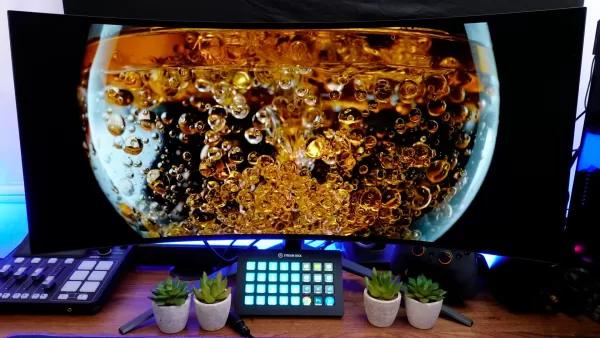 WOLED, QD-OLED, and AMOLED: Which Is Better for Gaming?
WOLED, QD-OLED, and AMOLED: Which Is Better for Gaming?
Choosing the right OLED technology for gaming depends on your specific needs and preferences. If you want a straightforward answer, QD-OLED is the top choice. However, there are scenarios where WOLED or AMOLED might be more suitable.
Let's start with AMOLED, commonly found in smartphones and laptops. These displays are less common in TVs due to their cost but offer flexibility, high refresh rates, and excellent viewing angles. They're ideal for smaller devices but struggle in direct sunlight due to lower peak brightness.
For gaming monitors and TVs, you can choose between WOLED (often simply labeled as OLED) and QD-OLED. WOLED can achieve high brightness, particularly with whites, but loses some brightness across other colors due to the RGBW filter. QD-OLED, with its quantum dot technology, offers more vibrant colors and overall brightness because it absorbs rather than filters light.
In my living room, my WOLED TV faces windows and handles glare well, maintaining deep blacks. In contrast, my QD-OLED monitor on my desk shows a purplish tint under similar conditions because Samsung removed the polarizing layer to boost brightness. While QD-OLED generally offers superior color and brightness, WOLED is less distracting in reflective environments. Keep in mind, the actual quality of these displays depends on their specifications and price point—the more you spend, the better the visual experience.
However, QD-OLED and WOLED may not be the only options for long.
The Future of OLED Is PHOLED
There are several types of OLED, including PHOLED (Phosphorescent OLED), which uses phosphorescent materials to convert energy to light more efficiently than fluorescent ones. The challenge with PHOLED has been the shorter lifespan of the blue component, making the panels less viable. But LG has recently announced a breakthrough in blue PHOLED technology, paving the way for mass production. LG dubs PHOLED as "Dream OLED" because it offers 100% luminous efficiency, far surpassing the 25% efficiency of fluorescence. This means PHOLED TVs will be brighter and consume less power.
While we won't see PHOLED displays in TVs anytime soon, they'll likely appear in smartphones and tablets in the near future.


